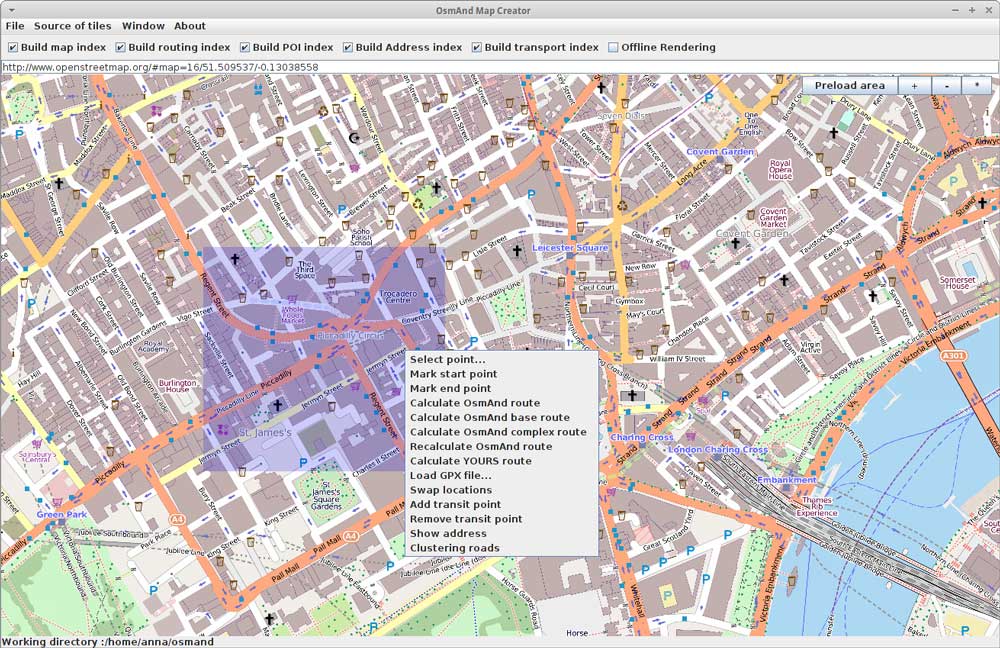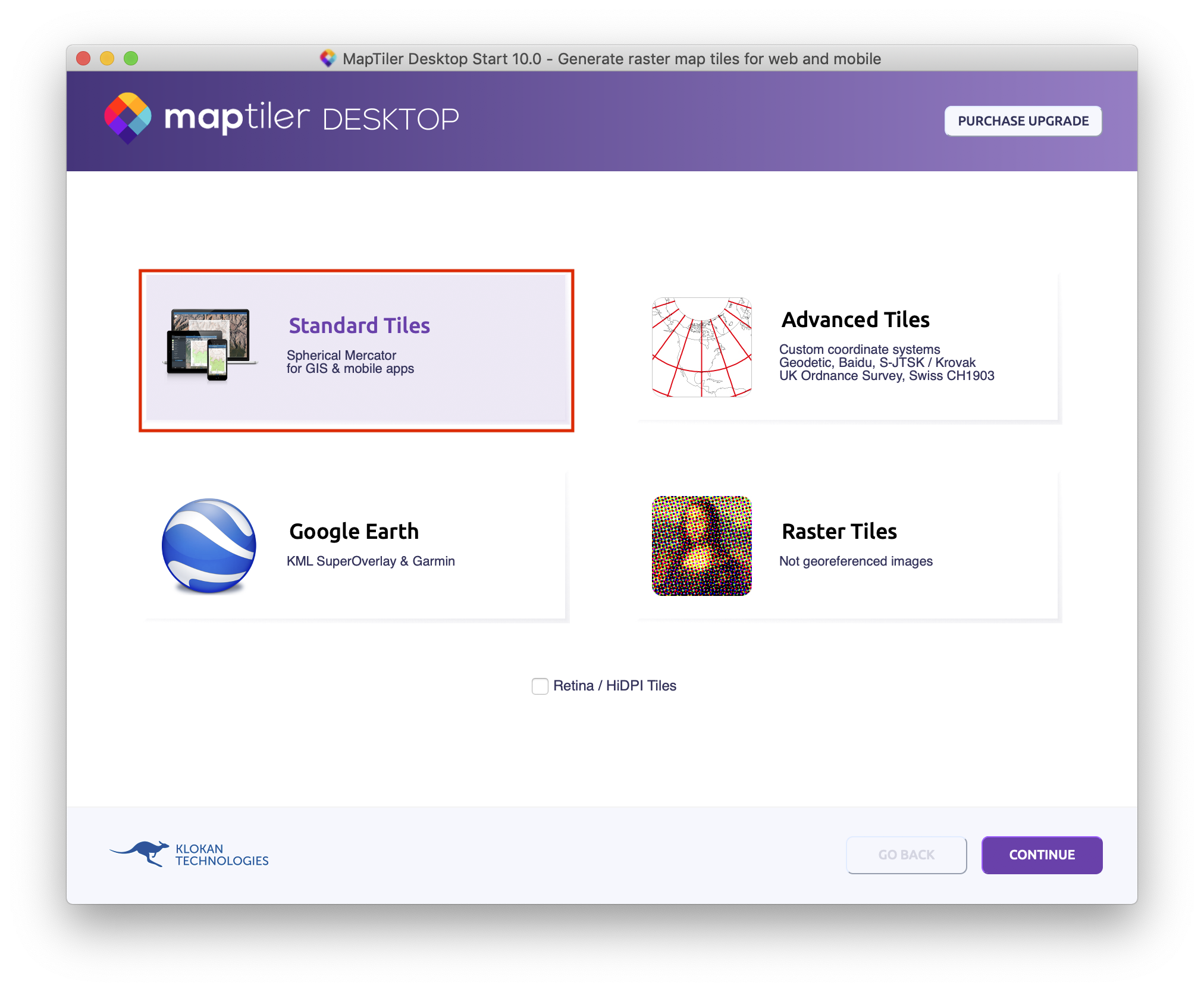

If you want to be able to add new resources like terrain, 3D city model into your map or simply gain total control over the map, the first step is to set up your own instance of VTS Backend. Setting up the map with your own VTS Backend instance

When you are happy with your style, do not forget to copy some file so you do not lose in after reload. Pick correct style from dropdown menu, edit it and click update. Then make sure you picked the correct style in index.html.Īternatively, press Ctrl+Shift+D when browsing the map, then press Shift+E to open style-editting window. To edit the style, simply edit the files in style/ directory - seeįor available directives or browse Live JSFiddle examples dealing with geodata. The index.html contains a simple web application built on top of vts-browser-js.įirst, it loads the styles then it sets up the vts-browser-js using the mapĬonfiguration containing terrain, imagery and OSM-based street data.įinally the map view is overridden so that your style is used instead of the default style provided along the OSM-data. How can I modify the styling of vector streets?
#MAPTILER VECTOR HOW TO#
Furthermore, below isĪ tutorial describing how to setup the same map using your own instance of It is meant as a self-contained website where you can try styling OSM-based 3D street map. This is an accompanying repository for the eponymous talk held on FOSS4G NA 2019 in San Diego.


 0 kommentar(er)
0 kommentar(er)
